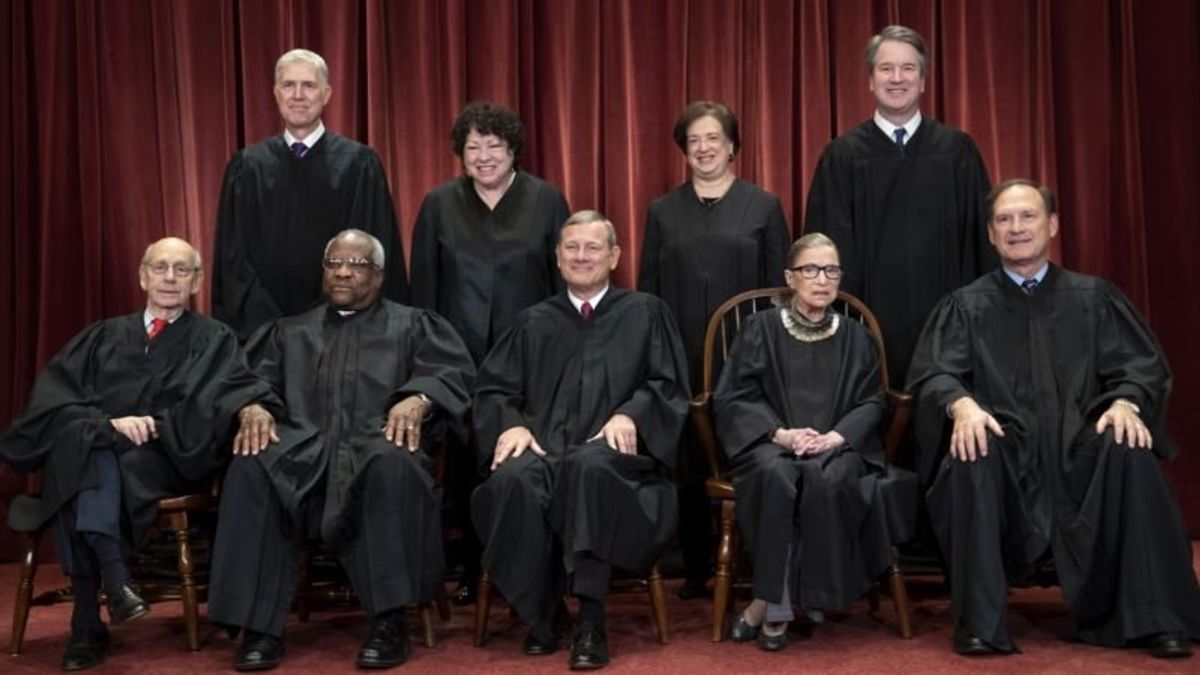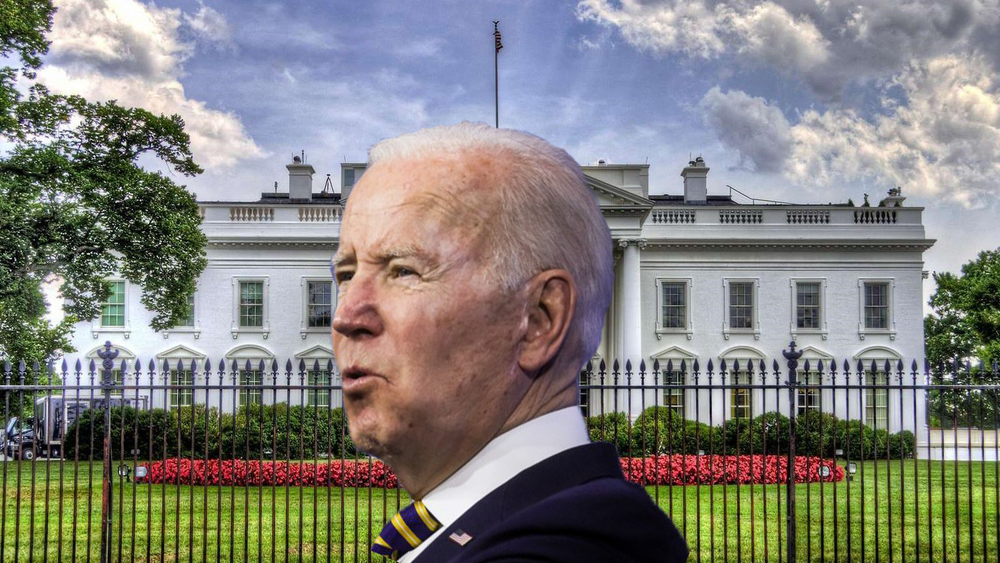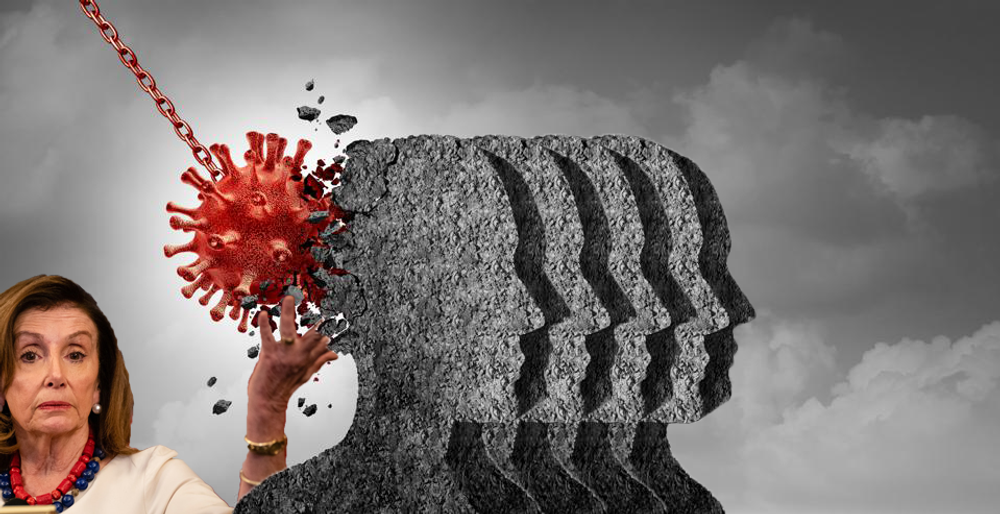
Supreme Court Keeps Lower Profile, but for How Long?
Supreme Court Keeps Lower Profile, but for How Long?

WASHINGTON —
The Supreme Court began its term with the tumultuous confirmation of Justice Brett Kavanaugh, followed by a studied avoidance of drama on the high court bench — especially anything that would divide the five conservatives and four liberals.
The justices have been unusually solicitous of each other in the courtroom since Kavanaugh's confirmation, and several have voiced concern that the public perceives the court as merely a political institution. Chief Justice John Roberts seems determined to lead the one Washington institution that stays above the political fray. Even Roberts' rebuke of President Donald Trump, after the president criticized a federal judge, was in defense of an independent, apolitical judiciary.
The next few weeks will test whether the calm can last.
When they gather in private Jan. 4 to consider new cases for arguments in April and into next term, the justices will confront a raft of high-profile appeals.
Abortion restrictions, workplace discrimination against LGBT people and partisan gerrymandering are on the agenda. Close behind are appeals from the Trump administration seeking to have the court allow it to end an Obama-era program that shields young immigrants from deportation and to put in place restrictive rules for transgender troops.
Conservatives ready
There already are signs that the conservative justices, apart from Roberts, are willing to take on controversial cases that are likely to produce the ideological and partisan divisions that their colleagues seem eager to avoid.

In recent weeks, three conservative justices accused the court of ducking its job of deciding important cases, especially when lower courts have disagreed on the outcome. Their criticism, written by Justice Clarence Thomas and joined by Justices Samuel Alito and Neil Gorsuch, came after a recent decision to avoid a case involving funding for Planned Parenthood.
Then, on the Friday before Christmas, the court divided 5-4 in refusing to allow the Trump administration to enforce new restrictions on asylum seekers. Roberts joined the four liberals. The three conservatives who were displeased by the Planned Parenthood case outcome again noted their disagreement, this time joined by Kavanaugh.
The two votes can't be used to draw any firm conclusions about what may be happening behind closed doors at the court, as the cases arrived in different circumstances. In the Planned Parenthood case, the justices were considering whether to grant full review, a process that takes only four votes. The asylum case was an emergency appeal from the administration. At least five of the nine justices would have had to vote in the administration's favor.
Reasons for caution
But Lawrence Solum, a professor of constitutional law at Georgetown University's law school, said Roberts seems to have two reasons to limit the court's involvement in hot-button cases: his preference for taking small steps in the law and his concern for the court's reputation.

"It's clear that 5-4 decisions will be perceived by many, many lawyers, many politicians and large numbers of the public at large as ideological decisions,'' Solum said. "So given Roberts' desire to preserve the legitimacy of the court, he could be highly motivated to avoid decisions like that in the next immediate period in the history of the court. Whether that's one year, or two years or five years, who knows?''
The court arrived at this point after an unusual chain of events that began with the death of Justice Antonin Scalia in February 2016. Senate Republicans refused to act on President Barack Obama's nomination of Merrick Garland, allowing Trump to put Gorsuch on the court in 2017. To this day, Democrats say the seat was stolen from them.
Then, over the summer, Justice Anthony Kennedy's retirement meant that Trump would also get to replace the court's swing vote with a more reliable conservative. Kavanaugh's track record as an appellate judge suggested he was that man, but his confirmation was nearly derailed by allegations of sexual assault, which Kavanaugh denied.

The accusations against Kavanaugh turned the confirmation process into a national spectacle that culminated in a hearing with Kavanaugh and Christine Blasey Ford, who accused him of assaulting her when they were in high school. Republicans said the allegation was unproven and confirmed Kavanaugh in a rare Saturday session. Spotlighting how emotional the debate had become, a crowd of demonstrators gathered at the Supreme Court building after the Kavanaugh vote, with some climbing the stone statues that line the steps.
Legitimacy of court
One result of the Kavanaugh turmoil has been the most serious discussion in decades of limiting the court's powers, including possibly increasing the number of justices, Solum said. "It suggests that the legitimacy of the court is at issue now in perhaps a way it hasn't been until recently.''
Roberts is not only the chief justice, but he has essentially taken Kennedy's place as the swing vote — the conservative justice nearest the court's center. The Supreme Court will go only as far as Roberts is willing in either direction.
He can try to keep the court entirely out of some cases, though that requires him to be able to persuade at least one other conservative justice to go along. That's what happened in the Planned Parenthood case, when Kavanaugh voted to deny review. "The difficult confirmation battle may lead to a bit of caution,'' said John McGinnis, a Northwestern University law school professor.
When the justices do plunge into controversy, Roberts will be able "to write or insist that decisions be narrowly drawn,'' McGinnis said.
Roberts has been chief justice for more than 13 years, but he is only 63 and could lead the court for an additional two decades or more. That allows Roberts, who began his legal career as a lawyer in the Reagan administration, to take a long view, McGinnis said, and await a time when political tensions and concerns about the court's reputation subside.
 Trump Puts His Stamp on ‘America First’ Foreign Policy in 2018Next PostAlaska Senator to Revive Bill Meant to Help Native American Women
Trump Puts His Stamp on ‘America First’ Foreign Policy in 2018Next PostAlaska Senator to Revive Bill Meant to Help Native American Women






